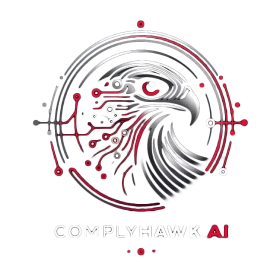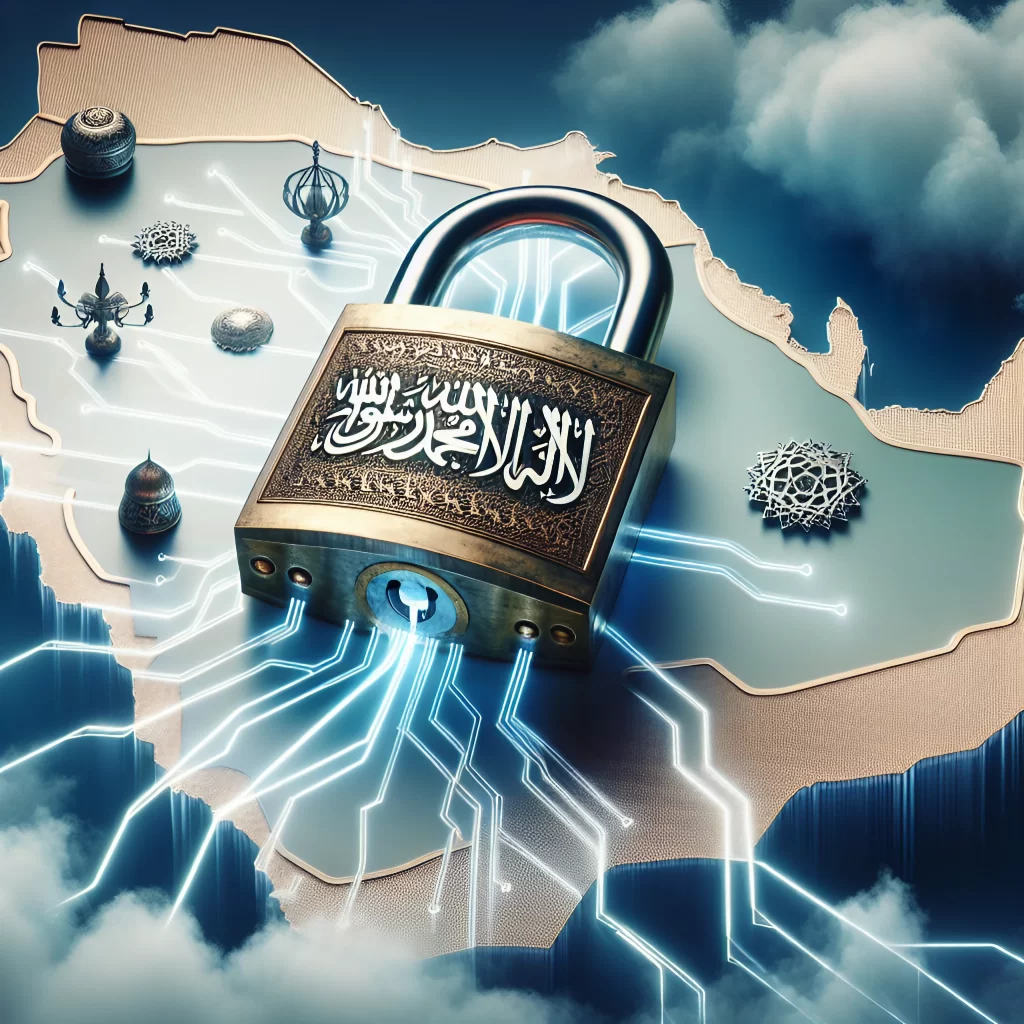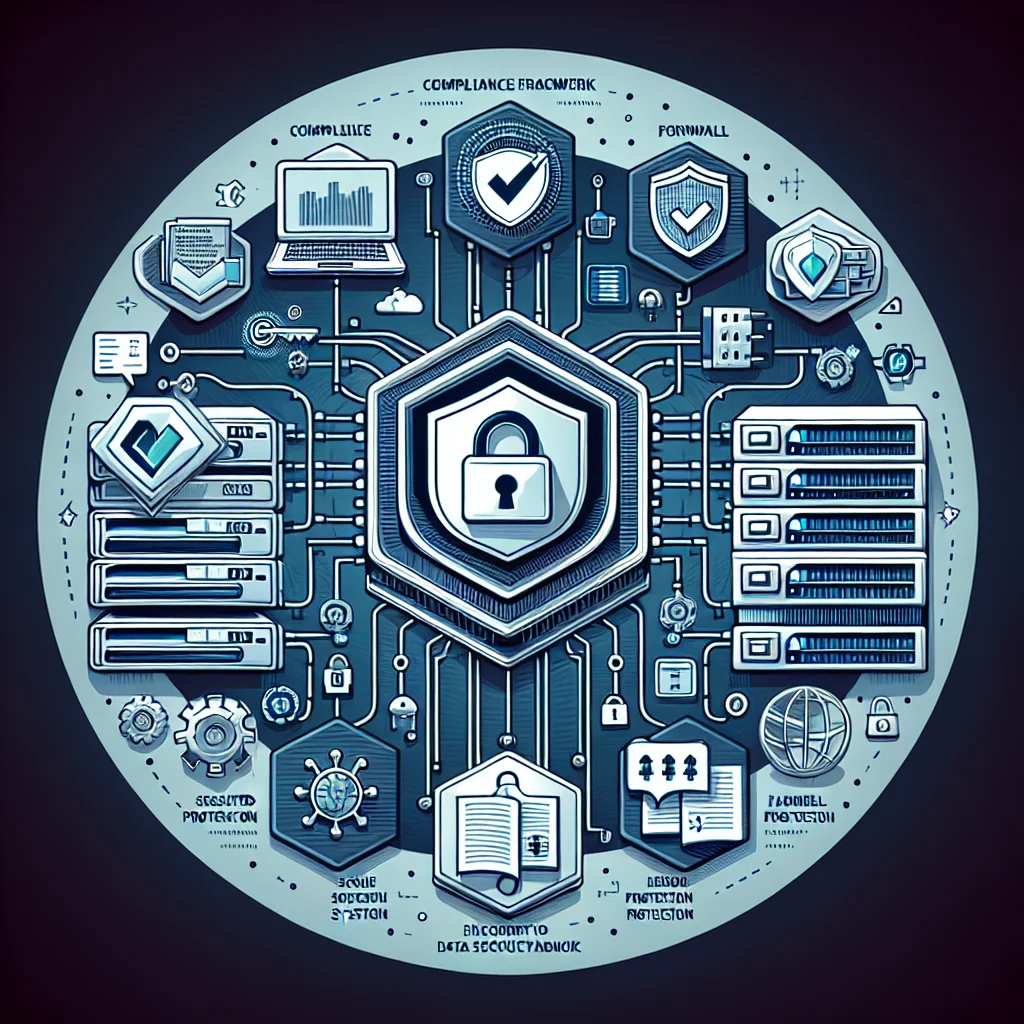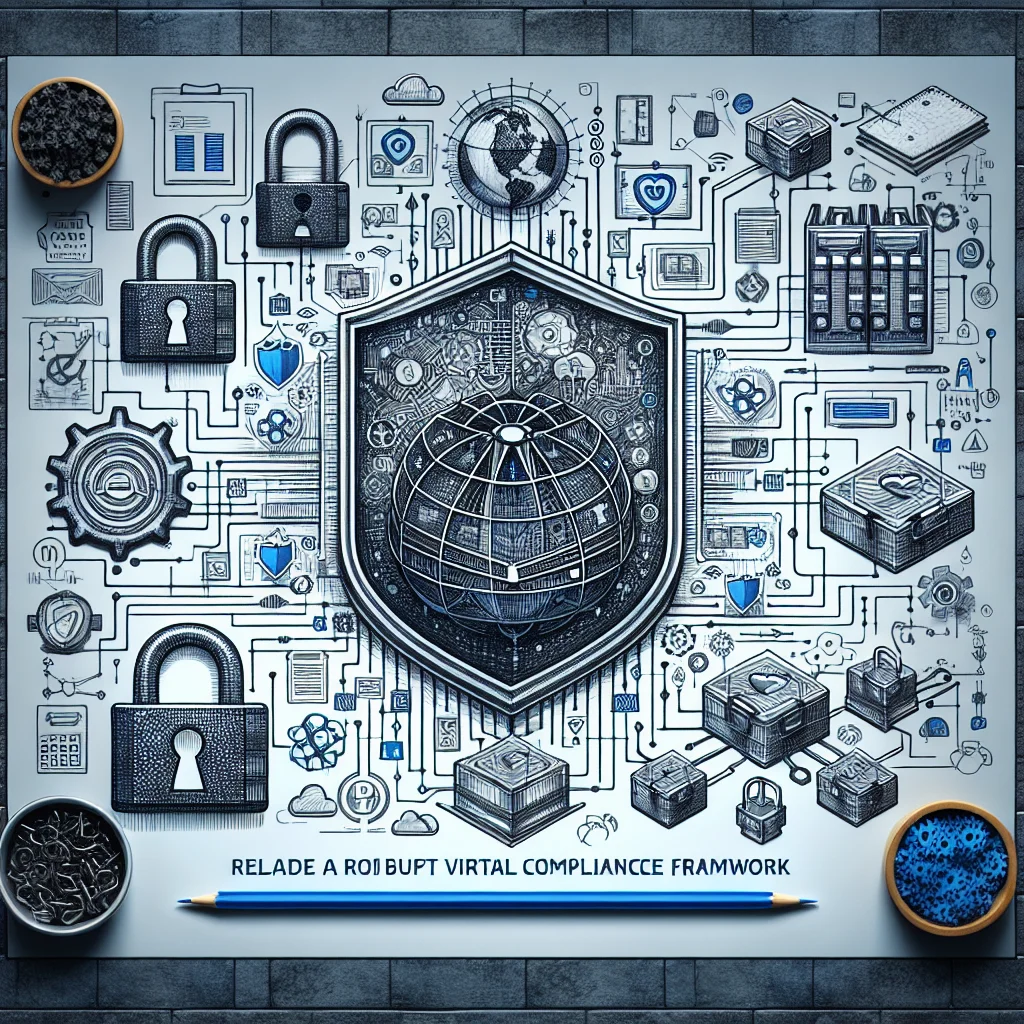The Saudi Data and Artificial Intelligence Authority (SDAIA) represents a significant step forward in establishing data-driven governance and compliance in the Middle East. For Chief Information Security Officers (CISOs) and IT professionals operating within this region, understanding and implementing SDAIA’s frameworks is crucial for ensuring data security and regulatory compliance. In this comprehensive guide, we will explore the foundations of SDAIA, answer common questions from CISOs, and outline shared controls between different compliance frameworks.
What is SDAIA?
Founded in 2019, the Saudi Data and Artificial Intelligence Authority (SDAIA) is a government entity dedicated to driving the Kingdom’s data and AI agenda. SDAIA aims to harness data as a national asset, promote the application of AI across various sectors, and ensure that data privacy and protection are maintained.
The authority encompasses several key areas, including data governance, AI development, and compliance with international data security standards. SDAIA’s establishment aligns with Saudi Arabia’s Vision 2030, which seeks to diversify the economy and reduce dependence on oil by promoting technological innovation.
Who is SDAIA For?
SDAIA is relevant to a wide range of stakeholders, including:
- Government Entities: Ensuring that data-driven governance is practiced across all levels of government.
- Private Sector Companies: Particularly those involved in technology, finance, healthcare, and other data-intensive industries.
- Educational Institutions: Encouraging the development of AI capabilities and data literacy.
- General Public: Promoting awareness and acceptance of AI and data governance initiatives.
For CISOs and IT professionals, SDAIA represents both a challenge and an opportunity. Understanding its frameworks and requirements is essential for ensuring compliance and leveraging data as a strategic asset.
Commonly Asked Questions by CISOs
1. What Are SDAIA’s Core Objectives?
SDAIA’s objectives include:
- Data Governance: Establishing policies and frameworks for data management and protection.
- AI Development: Promoting the development and deployment of AI technologies across various sectors.
- Regulatory Compliance: Ensuring that data-related activities comply with national and international standards.
- Public Awareness: Educating the public about the benefits and risks associated with data and AI.
2. How Does SDAIA Impact Data Security?
SDAIA plays a pivotal role in enhancing data security through:
- Compliance Requirements: Mandating adherence to international data security standards such as ISO27001.
- Risk Management: Encouraging organizations to adopt risk-based approaches to data security.
- Incident Response: Establishing protocols for responding to data breaches and other security incidents.
- Data Classification: Implementing guidelines for classifying and protecting different types of data.
3. What Are the Key Compliance Frameworks Under SDAIA?
SDAIA’s compliance frameworks include several internationally recognized standards:
- ISO27001: A standard for information security management systems (ISMS).
- PCI DSS: A set of security standards for payment card data protection.
- NIST: The National Institute of Standards and Technology’s cybersecurity framework.
- GDPR: The General Data Protection Regulation for data privacy in the European Union.
4. Are There Any Middle East Specific Considerations?
Yes, there are several considerations specific to the Middle East:
- Cultural Sensitivity: Understanding and respecting local cultural norms and values when handling data.
- Regulatory Landscape: Navigating the complex regulatory environment, which may differ from international standards.
- Language Barriers: Ensuring that compliance documentation and training materials are available in Arabic.
- Geopolitical Factors: Being aware of regional political dynamics that could impact data security.
5. How Can Organizations Ensure Compliance with SDAIA?
Organizations can ensure compliance with SDAIA by:
- Conducting Regular Audits: Performing internal audits to assess adherence to SDAIA’s regulations and frameworks.
- Training Employees: Providing employees with training on data governance and compliance practices to foster a culture of awareness.
- Implementing Best Practices: Establishing data protection policies and procedures in line with SDAIA’s guidelines.
6. What Resources Does SDAIA Provide for CISOs?
SDAIA offers a range of resources for CISOs, including:
- Guidance Documents: Detailed guidelines on compliance requirements and best practices for data protection.
- Workshops and Training: Opportunities for training and professional development focused on data security and AI governance.
- Networking Opportunities: Platforms for collaboration and knowledge sharing among industry peers and stakeholders.
7. What Are the Consequences of Non-Compliance with SDAIA?
Non-compliance with SDAIA may result in:
- Financial Penalties: Imposing fines or other monetary sanctions for violations of data protection regulations.
- Reputational Damage: Loss of trust among customers and partners, affecting business relationships.
- Increased Scrutiny: Heightened regulatory oversight and audits from authorities.
8. How Does SDAIA Support AI Innovation?
SDAIA supports AI innovation by:
- Funding Initiatives: Providing financial backing for AI projects that align with national goals.
- Creating Collaboration Opportunities: Promoting partnerships between public and private sectors to foster AI research and development.
- Establishing Ethical Guidelines: Developing frameworks to ensure that AI technologies are deployed responsibly and ethically within the Kingdom.
Implementing SDAIA Frameworks
To successfully implement the frameworks established by SDAIA, organizations must take a systematic approach that includes assessing their current data governance practices, identifying gaps, and developing tailored solutions to enhance compliance. Key steps in this process include:
1. Conducting a Data Inventory
Organisations should begin by conducting a comprehensive inventory of their data assets. This involves mapping out all data types, sources, and storage locations to understand the data flow within the organisation. Knowing what data exists is essential for effective governance and compliance.
2. Developing Data Governance Policies
After identifying data assets, the next step is to establish clear data governance policies. These policies should outline responsibilities for data management, security protocols, and processes for data access and sharing. Involving cross-functional teams will ensure that diverse perspectives are considered, leading to more robust governance frameworks.
3. Implementing Security Controls
Organisations must implement security controls in alignment with SDAIA’s compliance requirements. This includes applying encryption for data at rest and in transit, accessing control measures, and regular security assessments to identify vulnerabilities.
4. Ongoing Training and Awareness
Training employees on data governance and security best practices is crucial for fostering a culture of compliance within the organisation. Regular workshops and informational sessions can improve awareness and encourage proactive data protection behaviours among staff.
5. Regular Audits and Assessments
To ensure ongoing compliance, organisations should conduct regular audits and assessments of their data governance and security measures. These evaluations will help identify areas for improvement and ensure that the organisation remains aligned with SDAIA’s evolving frameworks and standards.
By systematically implementing these steps, organisations will be better positioned to navigate the complexities of data governance and security within the Middle Eastern context, ultimately achieving compliance with SDAIA while leveraging data as a strategic asset.
Common Controls Between Frameworks
One of the challenges faced by CISOs is managing compliance with multiple frameworks simultaneously. Fortunately, there are common controls that can help streamline this process. Here are some examples:
1. Access Control
- ISO27001: Requires organizations to implement access controls based on the principle of least privilege.
- PCI DSS: Mandates the use of unique IDs for each person with computer access.
- NIST: Recommends the implementation of access control measures to limit access to authorized users.
2. Incident Response
- ISO27001: Organizations must establish and maintain an incident response plan.
- PCI DSS: Requires the development of an incident response plan in the event of a data breach.
- NIST: Encourages organizations to develop and implement incident response strategies.
3. Risk Assessment
- ISO27001: Mandates regular risk assessments to identify and mitigate security risks.
- PCI DSS: Requires organizations to conduct risk assessments annually and after significant changes.
- NIST: Recommends ongoing risk assessments to manage cybersecurity risks effectively.
4. Data Encryption
- ISO27001: Advises the use of encryption to protect sensitive data.
- PCI DSS: Requires the encryption of cardholder data during transmission and storage.
- NIST: Endorses the use of encryption to safeguard data confidentiality and integrity.
Implementing SDAIA Compliance
Step 1: Conduct a Gap Analysis
Begin by conducting a gap analysis to identify areas where your organization may fall short of SDAIA’s requirements. This involves comparing your current data governance practices with SDAIA’s standards and identifying areas for improvement.
Step 2: Develop a Compliance Roadmap
Create a roadmap outlining the steps needed to achieve compliance. This should include timelines, resource allocation, and key milestones. Ensure that your roadmap is aligned with your organization’s strategic objectives.
Step 3: Implement Necessary Controls
Based on your gap analysis, implement the necessary controls and measures to ensure compliance. This may involve updating policies and procedures, investing in new technologies, and providing training to staff.
Step 4: Monitor and Review
Regularly monitor and review your compliance efforts to ensure that they remain effective. This involves conducting regular audits, tracking key performance indicators, and making adjustments as needed.
Step 5: Engage with SDAIA
Maintain open lines of communication with SDAIA to stay informed about any updates or changes to their requirements. Participate in industry forums and events to stay connected with other compliance professionals.
Conclusion
Navigating the complexities of SDAIA compliance can be challenging, but it is essential for organizations operating in the Middle East. By understanding SDAIA’s objectives, addressing common questions, and leveraging common controls between frameworks, CISOs and IT professionals can ensure that their organizations remain compliant and secure.
If you are looking to streamline your compliance efforts, consider partnering with a middle east focused automated compliance platform such as ComplyHawk. This platform offer a comprehensive suite of tools and resources to help you achieve and maintain compliance with SDAIA and other international standards.
Ready to take the next step? Sign up for a free trial today and explore how the platform can transform your compliance processes.



